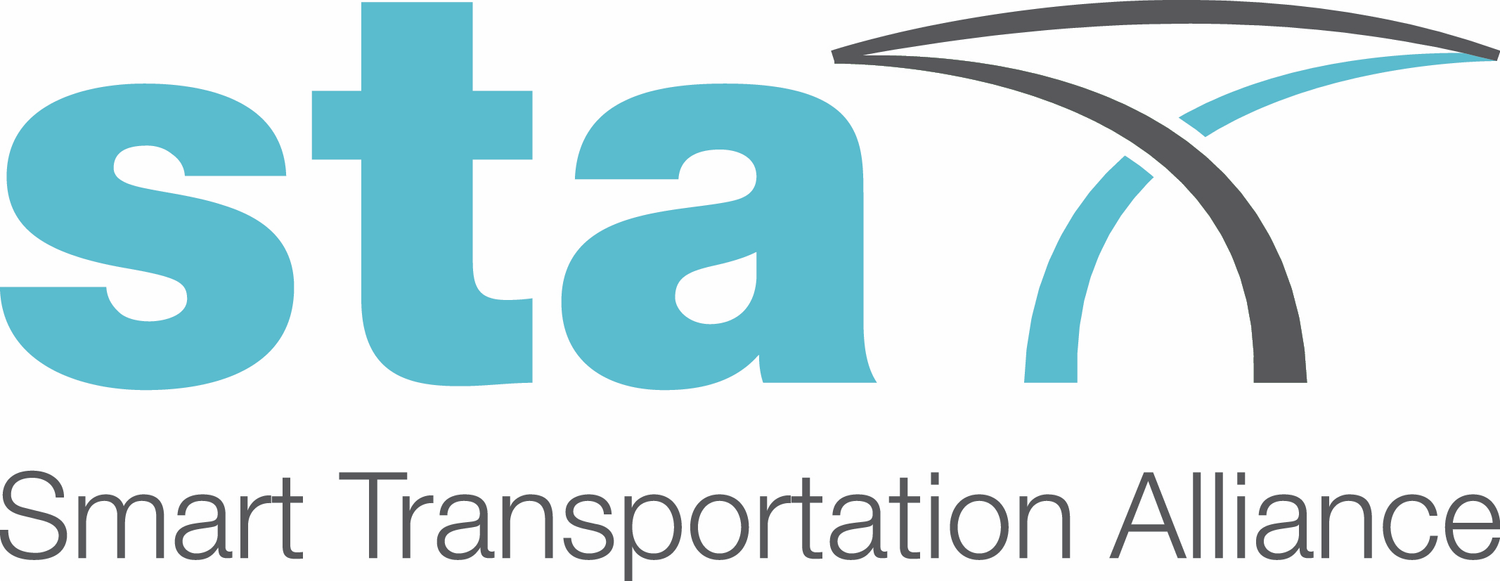STA Newsletter
Issue # May - June 2022
A bi-monthly online journal providing news and background about activities undertaken by STA with a view to improving the methods, technologies and standards associated to transportation infrastructures.
STA SUB-COMMITEE ON ROAD RESTRAINT SYSTEMS CONCLUDES ANALYSIS
The STA Sub-Committee on Road Restraint Systems (RRS) has successfully concluded a body of research aiming at improving the testing and evaluation of Europe’s road safety systems.
In total, 12 STA members are active in the STA Sub-Committee and share the aim of i) securing compliance with EN standard EN1317 and ii) assessing the specific behaviour of RRS products in different conditions/applications. The two aforementioned issues are extraordinarily relevant it comes to the manufacturing and deployment of life-saving RRS.
STA ATTENDS GLOBAL MOBILITY CALL MADRID & REPRESENTS SCALE-UP CONSORTIUM
Several STA Members attended the Global Mobility Call in Madrid (Spain), an international conference that took place for the first time on 14-16 June 2022.
STA Members Technical University of Madrid (UPM) and Aleatica attended the congress, together with the Spanish Road Association (AEC) and Etelätär Innovation. The later also participated in dedicated panels as keynote speakers of the congress programme.
AEC participated in a dedicated panel session on the Gaia-X Spain initiative, focussing on sharing of sustainable mobility data (find a more detailed article here).
Etelätär Innovation took part in a session within the PAsCAL project on the implications of the introduction of the autonomous and connected vehicles for society, in which AEC was also involved
“The reality about transportation is that it’s future-oriented. If we’re planning for what we have, we’re behind the curve.”
NEWS OF INTEREST
European Parliament votes to ban combustion engine cars from 2035
Lawmakers in the European Parliament plenary voted to mandate that all new car and van sales should be zero emissions from 2035 to clean up road transport.
The legislation is a key part of the Fit for 55 package and mandates that carmakers should reduce their fleetwide emission averages by 100 percent from 2035, with interim steps in 2025 and 2030. Parliament's position maintains the Commission's original 2035 phaseout date.
The implications this will have on future transport infrastructure is still not clear to date, though it is certain that it will have to be adapted to accommodate not only to the increased demand for charging infrastructure but also the expected increased wear on pavements and other road infrastructure elements (see this article).
Is Highway Infrastructure Ready To Power Electric Mobility?
In order to meet the ambitious goals set by the European parliament, it is time to make a pan-European inventory & identify gaps in charging infrastructure.
Given the accelerated energy transition the world is experiencing today, we’re seeing vehicles powered by different energy sources, like hydrogen and battery-based electric engines. As innovations sweep the automotive sector, what’s going on with the highway infrastructure sector? Is it ready to handle these kinds of vehicles and ensure safe, autonomous trips?
United Nations adopts Resolution to improve Global Road Safety
The resolution vouches to half the number of fatalities worldwide by 2030.
Acknowledging the importance of adequate, predictable, sustainable and timely international financing for that goal, it also committed to promoting capacity-building, knowledge-sharing, technical support and technology transfer programmes in the area of road safety, especially in developing countries, in which 90% of fatal accidents happen.





